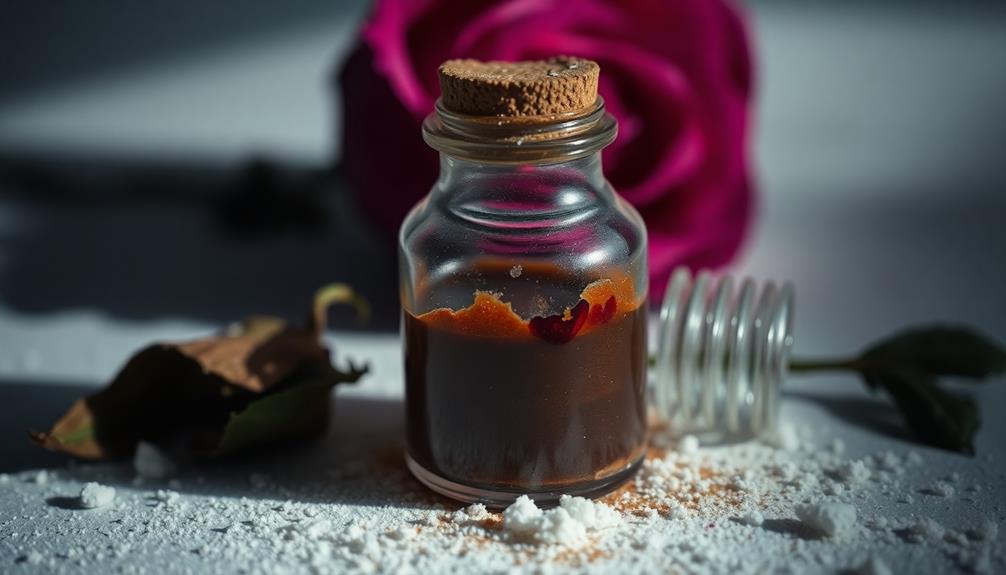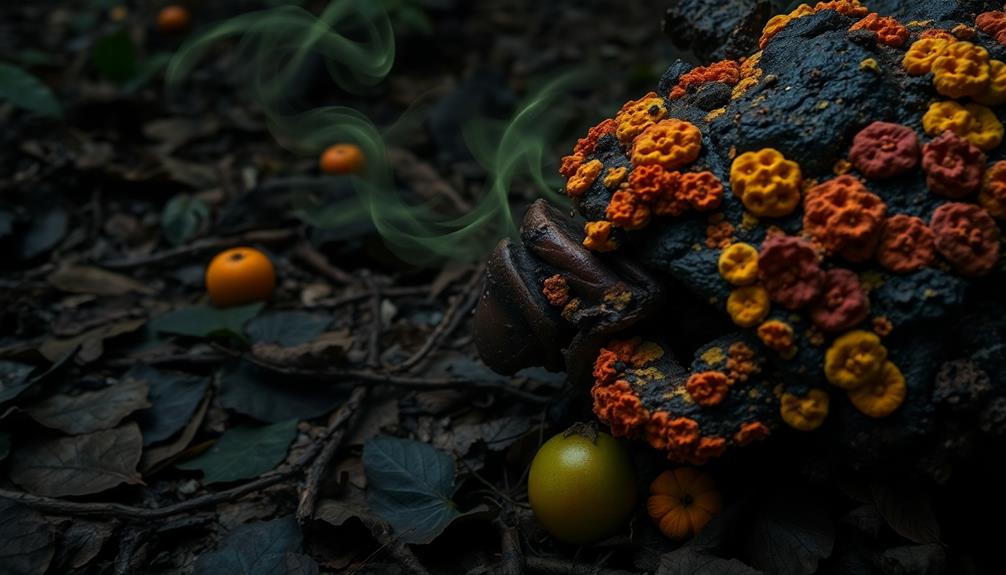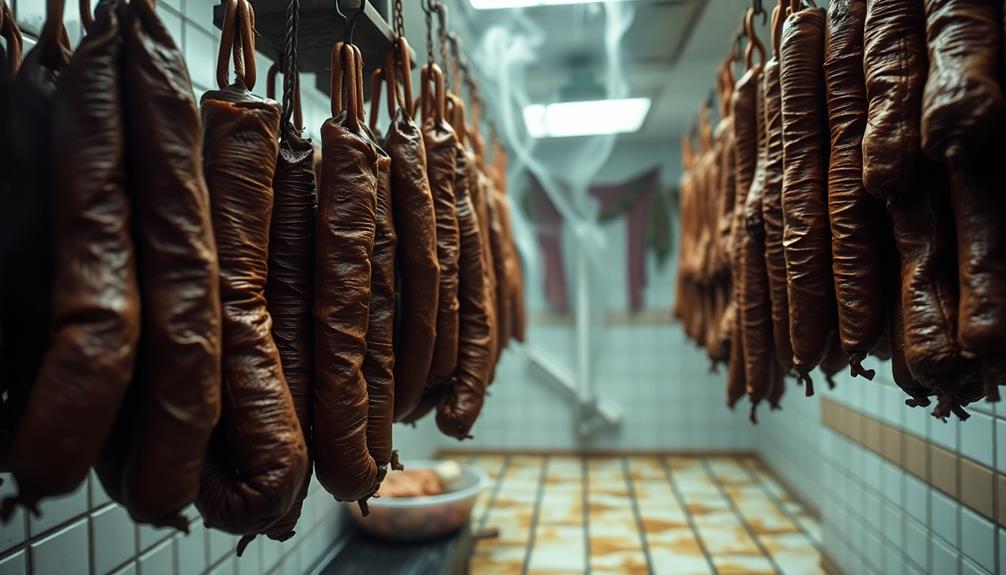Heroin doesn't usually have a strong smell, but its different types can have some unique scents! For example, black tar heroin has a strong, sweet, vinegar-like odor. It's because of the way it's made. White powder heroin is mostly odorless, but it can sometimes smell a bit acidic due to additives. When people smoke heroin, it might leave a sweet or acrid scent, like burnt aluminum foil. Recognizing these smells is important for safety, so you can stay alert about your surroundings. There's so much more to explore about this topic that can keep you informed! Another substance people might wonder about is cocaine. Though not always associated with a strong smell, many might ask, *“what does cocaine smell like?”* Typically, cocaine has a mild, chemical-like odor, sometimes compared to the scent of gasoline or solvents due to the chemicals used in its production. Being aware of these scents can be useful in identifying the presence of such substances in different environments.
Key Takeaways
- Pure heroin is typically odorless, but its scent can vary due to additives and impurities.
- Black tar heroin has a strong, vinegar-like smell due to acetic acid.
- White powder heroin usually has minimal scent, but may emit faint acidic odors from cutting agents.
- Smoking heroin produces a sweet or acrid aroma, reminiscent of burnt aluminum foil.
- Recognizing these distinct smells can aid in early detection of heroin use and potential addiction.
Introduction
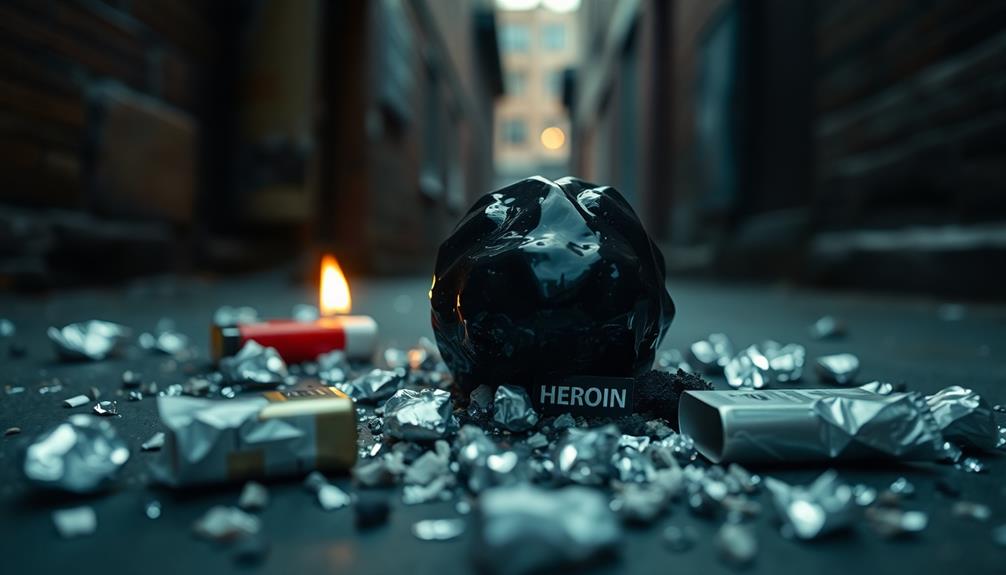
When it comes to recognizing heroin, understanding its smell can be crucial. While heroin itself is odorless, it doesn't mean you can't catch a whiff of something unusual. The distinct smell usually comes from additives and impurities used when making the drug. Common street types, like black tar and white powder, can give off strong scents.
Black tar often smells sweet and pungent, while white powder, sometimes called China White, mightn't smell much at all—especially when snorted or injected.
This is important because being aware of these smells can help with early detection of addiction. If you notice a strange, vinegar-like or acidic smell around someone, it could be a sign of heroin use. Recognizing these scents can be a big step in intervention efforts, allowing you to act before things get worse.
Description of the Smell
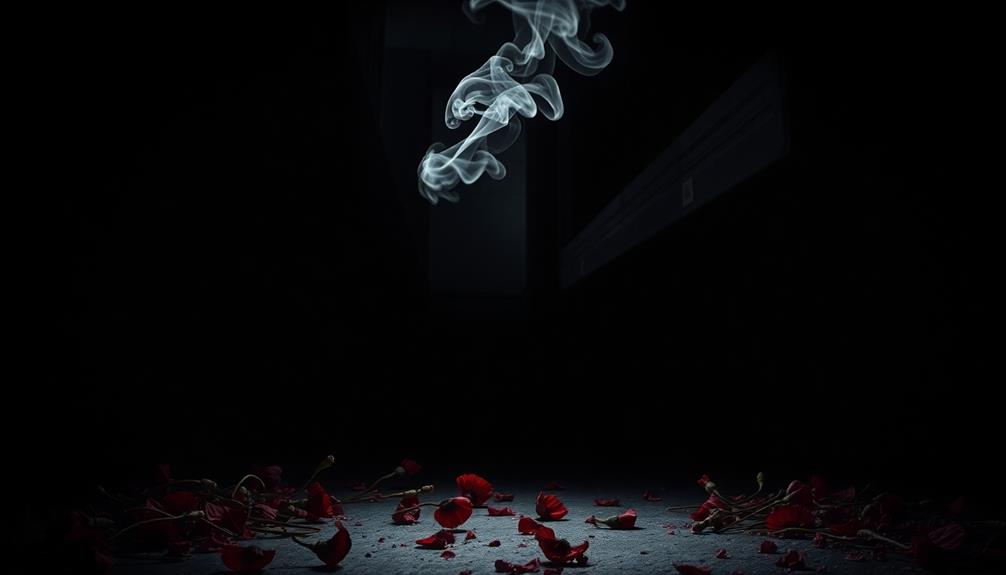
Describing the smell of heroin can be surprising, especially since pure heroin is typically odorless.
However, when it's mixed with other substances, things change! For instance, black tar heroin has a strong, vinegar-like smell because of acetic acid used in its making. This unique scent can be quite noticeable and is one of the things that make it different.
On the other hand, white powder heroin, known as "China white," usually doesn't smell much at all.
But when it's cut with additives, it might give off a faint, acidic odor. If heroin is smoked, you might notice a sweet or acrid smell, similar to burnt aluminum foil. This scent comes and goes quickly, so it's not easy to catch.
Sometimes, the additives like sugar or cornstarch can change how heroin smells, making it a bit sweeter or milder.
Source and Composition
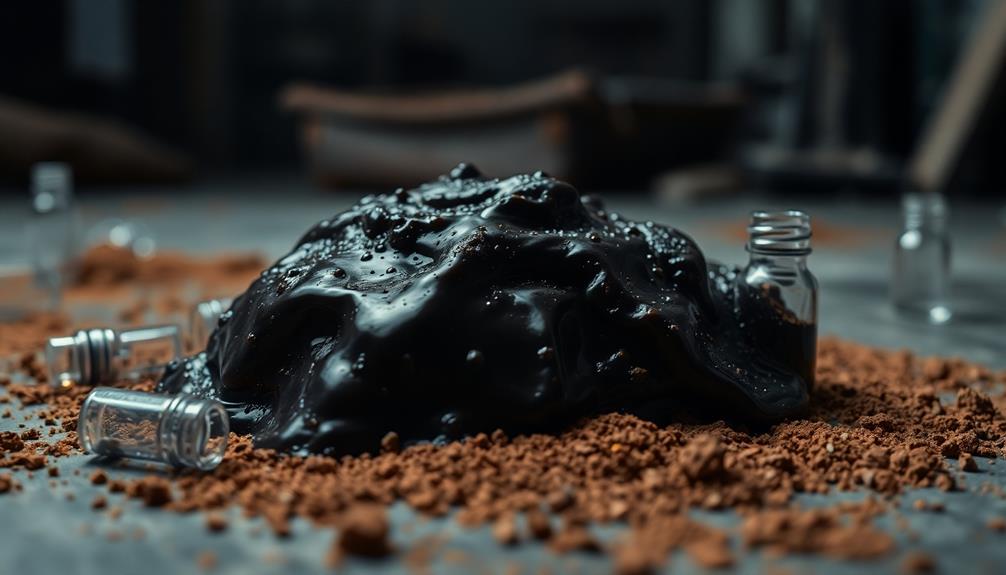
Heroin originates from morphine, extracted from the opium poppy plant, and its source plays a crucial role in determining its composition and, consequently, its smell.
When you think of heroin, imagine how different types can have unique odors. For example, black tar heroin often has a strong vinegar smell, while white powder heroin might smell more neutral. The smell can change based on its purity, too. Pure heroin might've a less intense odor than street heroin, which often contains cutting agents and additives.
These cutting agents can really affect the smell! Some non-toxic agents, like sugar, can make heroin smell sweet, while other toxic additives can give off more pungent odors.
When heroin is processed, like when it's cooked or prepared, it can also change its scent. Black tar heroin, for instance, can smell sweet or even flowery when smoked!
All these factors—source, composition, and processing—combine to create the unique smells of heroin. Understanding these details helps you see how the smell of heroin isn't just about the drug itself but also about what goes into making it!
Typical Scenarios or Environments

Illicit drug use often takes place in shadowy corners of urban environments, like abandoned buildings and dimly lit alleyways. These places sometimes hide the signs of drug use, like the smell of heroin. If you walk by these areas, you might notice a vinegary scent lingering in the air. This smell often comes from heroin use, especially when it's smoked.
You might find people gathering at parties or underground events, where the atmosphere can feel exciting but also risky. In homes with high rates of substance misuse, the smell of heroin can be a sign of ongoing drug addiction, especially if there are signs of neglect or poor hygiene.
If you see paraphernalia like burnt aluminum foil or syringes, it's a telltale sign that drug use is happening nearby. Law enforcement often looks for these signs in areas known for drug trafficking, where the smell can be even stronger due to concentrated use.
Recognizing these environments is important because understanding heroin's effects can help in seeking addiction treatment. Staying aware helps everyone stay safe and informed!
Emotional or Cultural Associations
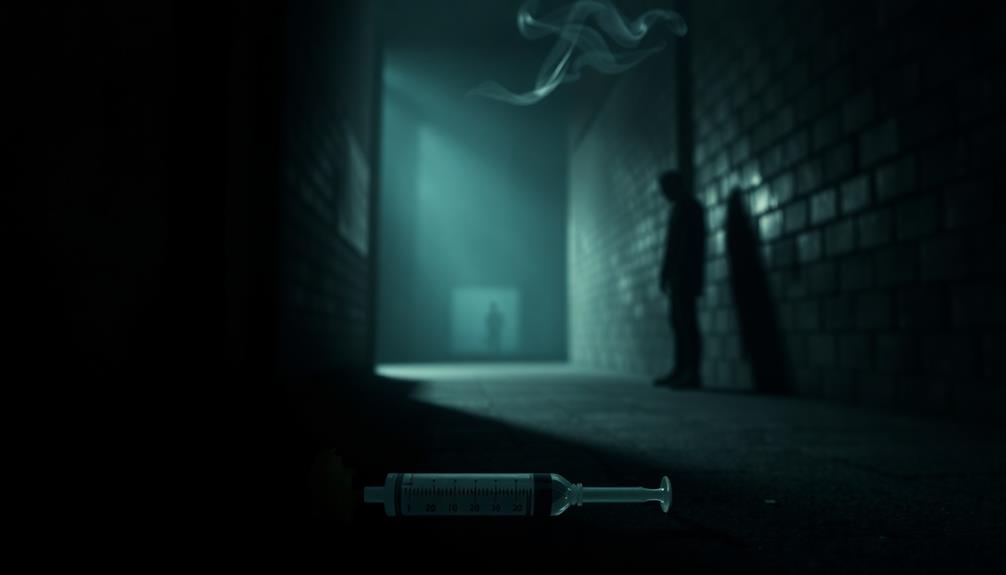
There's a powerful connection between the smell of heroin and the emotions it stirs in those who've encountered it. When you think about the smell, often described as vinegary or acidic, it can remind people of difficult experiences. For many in communities facing addiction, this scent might bring back memories of trauma or loss. It's not just a smell; it carries stories and feelings.
Cultural associations play a big role too. In movies and books, heroin often appears with its distinct odor, shaping how society views this drug and the people who struggle with addiction. These portrayals can influence your perception, making the smell feel heavy with sadness and despair.
When you catch a whiff of heroin, it might trigger memories of loved ones or friends who faced challenges with addiction. It serves as a reminder of the struggles not just for the users but also for their families and communities.
This emotional connection highlights how deeply the smell of heroin can impact people, weaving through their experiences and shaping their understanding of addiction.
Health or Safety Considerations
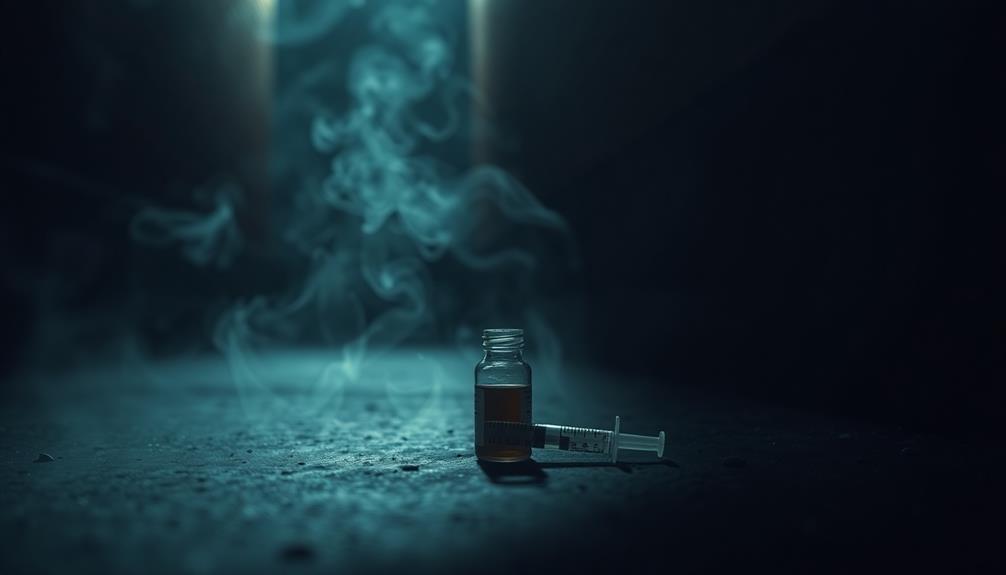
Recognizing the distinct smell of heroin, often described as vinegary or acidic, is crucial for your safety and well-being. When you're aware of this smell, you can help prevent dangerous situations. If you notice it, you might be in an area where heroin use is happening. This awareness can guide your choices about where to go and who to be with.
Heroin can also have different smells depending on additives used in it. Some cutting agents are harmless, while others can be toxic. By knowing how these additives change the scent, you can get better at recognizing heroin. This skill can be a powerful tool for early intervention if someone you know is misusing substances.
The smell can linger in places where heroin has been used, so if you detect it in shared living areas, it's a good idea to stay cautious.
Public health initiatives focus on teaching communities about these smells, promoting safer environments, and fostering awareness around substance misuse. By staying informed, you help not only yourself but also those around you, creating a happier and safer community!
Final Thoughts
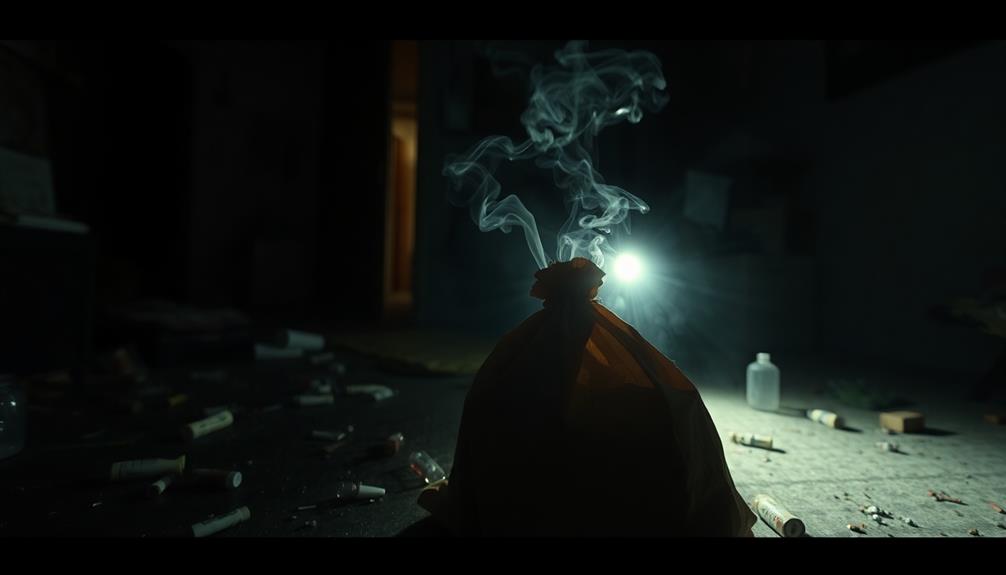
Understanding the smell of heroin can often be crucial in navigating environments where substance misuse might occur. While pure heroin is odorless, it can develop a noticeable smell from additives.
Black tar heroin has a strong, sweet vinegar scent, while white powder heroin has little to no smell when it's pure. These odors can help in the identification of heroin, especially when you're looking for signs of misuse.
The smell of heroin can disappear quickly, making it tricky to detect. If someone smokes heroin, it may create a sweet or acrid odor that sticks around on surfaces and clothing.
Being aware of these different odors is important because it can help you spot potential problems early on. Early intervention can make a big difference in someone's life.
Frequently Asked Questions
Can Heroin Smell Vary Between Different Batches?
Yes, heroin's smell can vary between different batches. Factors like purity, cutting agents, and production methods influence the scent. You might notice distinct odors depending on where and how the heroin was manufactured.
Are There Specific Indicators of Heroin Presence in a Room?
You might notice certain indicators of heroin presence in a room, like unusual paraphernalia, burnt plastic, or a chemical odor. These signs can suggest illicit activity, so staying aware is crucial for your safety.
How Does Heroin Smell Compare to Other Opioids?
Heroin's smell differs from other opioids; it's often described as vinegary or sour. You might notice a stronger, more pungent aroma compared to prescription opioids, which usually have a milder, less distinctive scent.
Can Heroin Smell Linger on Clothing or Personal Items?
Yes, heroin's smell can linger on clothing and personal items, especially if exposed to it frequently. If you've been around it, wash your clothes and belongings thoroughly to minimize any lingering odors.
What Are Common Misconceptions About the Smell of Heroin?
Many people think heroin has a distinct, overpowering smell, but it often doesn't. It can be subtle or masked by other odors, leading to misconceptions about its detectability in various environments or on personal items.
